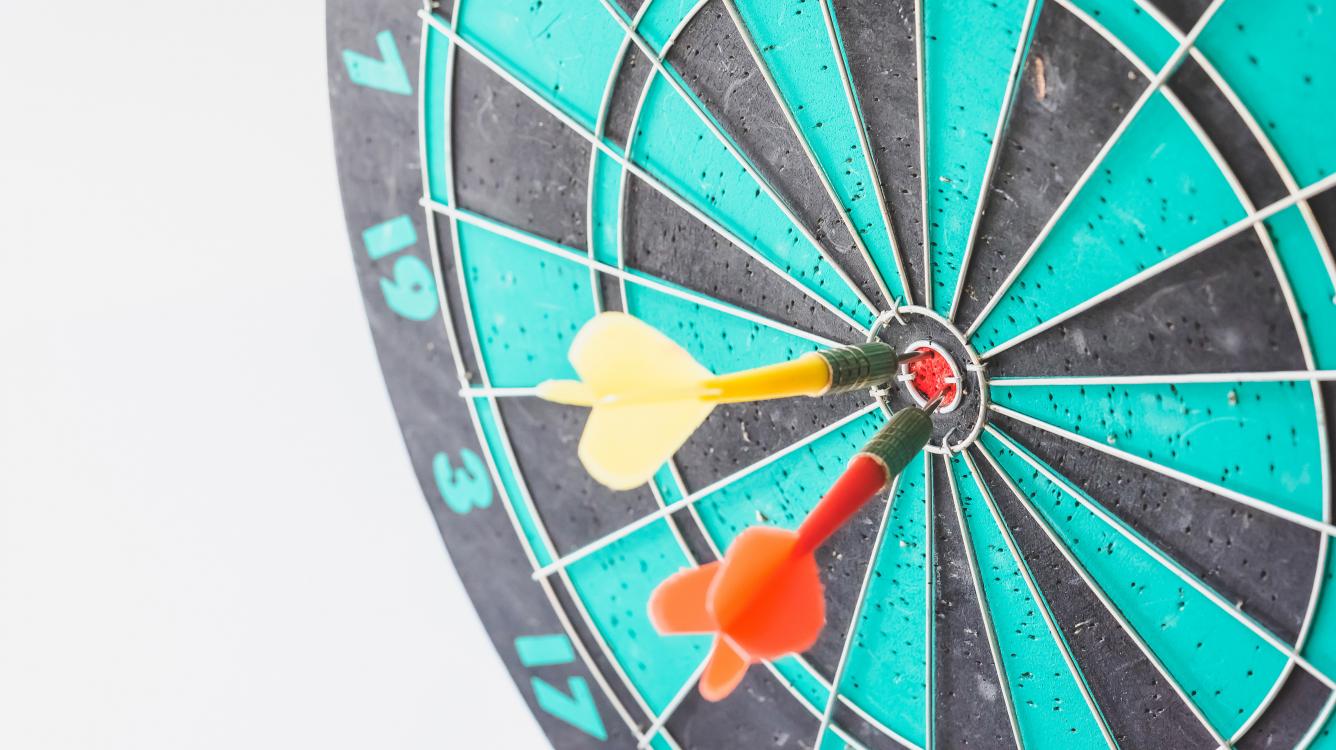
The Principle Of Two Weaknesses
You've pushed relentlessly to gain an advantage. Finally, you're in the endgame and slightly better, but you are facing a strong opponent. How do you sustain the mental toughness to close it out? Use the principle of two weaknesses!
In this series, we'll review the discipline it takes to win with a minimal advantage on the board. IM Daniel Rensch dives into the mindset it takes to grind out these types of wins over the board. Enjoy!
Not what you're looking for? Go back to the video guide.
The Principle Of Two Weaknesses 1 Rensch begins a new series on the crucial strategic notion of two weaknesses. Facing a tough endgame situation with barely perceptible advantages, Rensch breaks down the psychological approach to finding a second weakness. Using patience and strategy, you can optimize your winning advantage by learning Rensch’s list of focus points for the endgame.
The Principle Of Two Weaknesses 2 Rensch stresses the importance of patience and discipline to utilize the principle of two weaknesses. He reminds us that a pawn advantage is really no advantage at all if we think we've already won. Take home some concrete strategy to help you improve your game.
The Principle Of Two Weaknesses 3 “How can we improve our thought process?” asks Rensch. This video uses practical positions to explain fairly complicated theory and ideas.
The Principle Of Two Weaknesses 4 Rensch continues his series with a crystal-clear same-colored-bishops endgame. While continuing to instill a deep understanding of this fundamental principle, he gives a very thorough lesson on technique.
The Principle Of Two Weaknesses 5 The principle of two what?! Weaknesses, that’s what. You don’t want to lose to the weak do you? Advanced execution is the focus here. More psychological and more practical, Rensch is here to pump your endgame up!
The Principle Of Two Weaknesses — Part 6 Any good boxer will attack the head and the body, and any good chessboxer will make two points of attack in the endgame. Picking up on a series you probably thought was dormant, Chess.com pulls a Mount St. Helens and rumbles back to life. This is one of the most commonly used ideas to win in the endgame. Use misdirection or you'll be going in the wrong direction!
The Principle Of Two Weaknesses — Part 7 FM Mike Klein was ahead a pawn and broke through on the opposite flank to create his second weakness. Today, he takes an equal position and attempts to win both sides of the board as well. Don't be afraid to transition into an endgame that you can't possibly lose, even if you're not sure if you're winning. It's more technical than tactical, but so is the process of setting your chess clock!
The Principle Of Two Weaknesses: Bonus Video! Rensch finishes the principle of two weaknesses series with a “bonus” lecture on the knight versus bishop endgame. He emphasizes the mindset needed to win a “won” game and the good practice of finding the true weakness in a winning position. Watch the video and learn to stay on target and finish your winning games properly.






